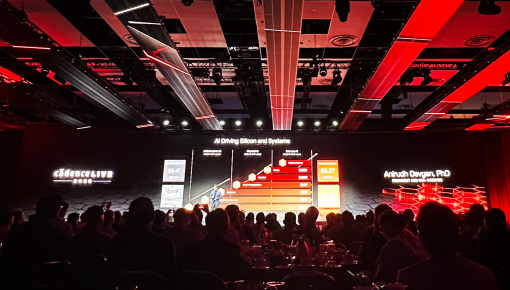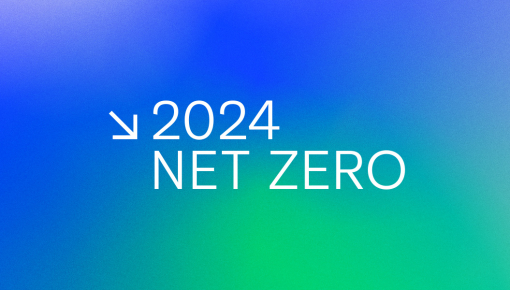Hunting the spark
Qindle’s Managing Director Taco Schmidt, was asked to talk about what inspires him while creating new concepts. Original article in FONK (online magazine here).
FONK: What kind of images do you imagine while searching for that unique conceptual hook that will bring you closer to the solution?
Taco Schmidt: It is often a combination of images that jointly form that unique initial concept. Images of people in a unique situation or context, work from artists, movie scenes or text. Everything that places the creative concept in a wider context. Our daily job is creating or finding unique connections between people, storytelling, design and technology. I use these connections to sketch out a map of the larger context. Using visuals, shapes, materials, text and textures as legend elements.
FONK: Inspiration in your daily work means…
T.S.: Being open to new input, but then actual new input. Ideas that feel uncomfortable in the beginning, that are disruptive, form an interesting compass during a creative process. Concepts which are immediately interesting or visually pleasing do often already exist in your brain archive. Ideas that are not immediately understandable, creating confusion or perhaps even irritation are an inspiring path to follow.
Personally, I am a huge Pinterest – and other similar inspirational sites – consumer. It’s just a great, easy and endless source to collect design details and textures. Having said that, you won’t get actual new insight from these platforms. You will find popular and previously released work instead, all based on algorithms. You will find your real inspiration in areas outside your daily creative discipline.
FONK: Moving versus still picture: what has your preference?
T.S.: For me there is no difference between images, materials, text or tactile formats. Often the most interesting inspiration lies where different media start blending with each other. Where 2D becomes 3D and vice-versa, for instance. You would find this same idea in cities for example, where you have two very different parts or neighborhoods blending together – I find that very interesting to observe. In Dutch we have a beautiful word for that: ‘de rafelrandjes van de stad’, the frayed edges of the city.
FONK: Can text inspire you? And if so, which ones?
T.S.: Text is necessary to gain new insights. It will usually start with a word that claims a new creative area, after which design and technology will give further meaning to that area.
I don’t really get inspired by music, only to put myself in an emotional state that represents a certain consumer or brand I am working on. Music takes me faster to where I want to be.
FONK: What pertinently does not help…
T.S.: People in a team or on the client side that are busy with themselves in relation to the challenge at hand, instead of actually solving that challenge. Conversations are often about people themselves or the process and not about solutions. This is not productive and will certainly not lead to meaningful insights.


